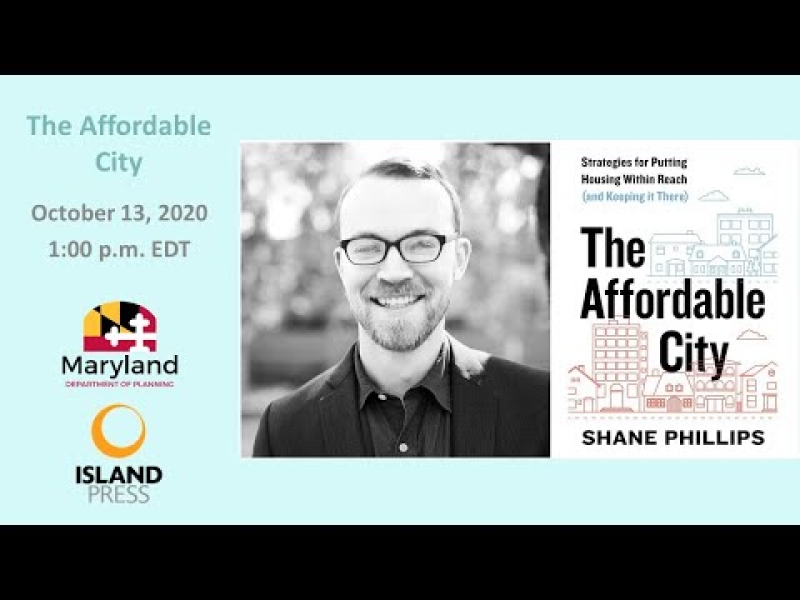Blueprint for Greening Affordable Housing
Every affordable housing project can achieve the fundamentals of good green building design and practice and contribute to creating sustainable and resilient communities.
Kim Vermeer and Walker Wells shared innovative practices, the latest affordable housing financing strategies, and examples of places and projects where these strategies have worked in practice.










